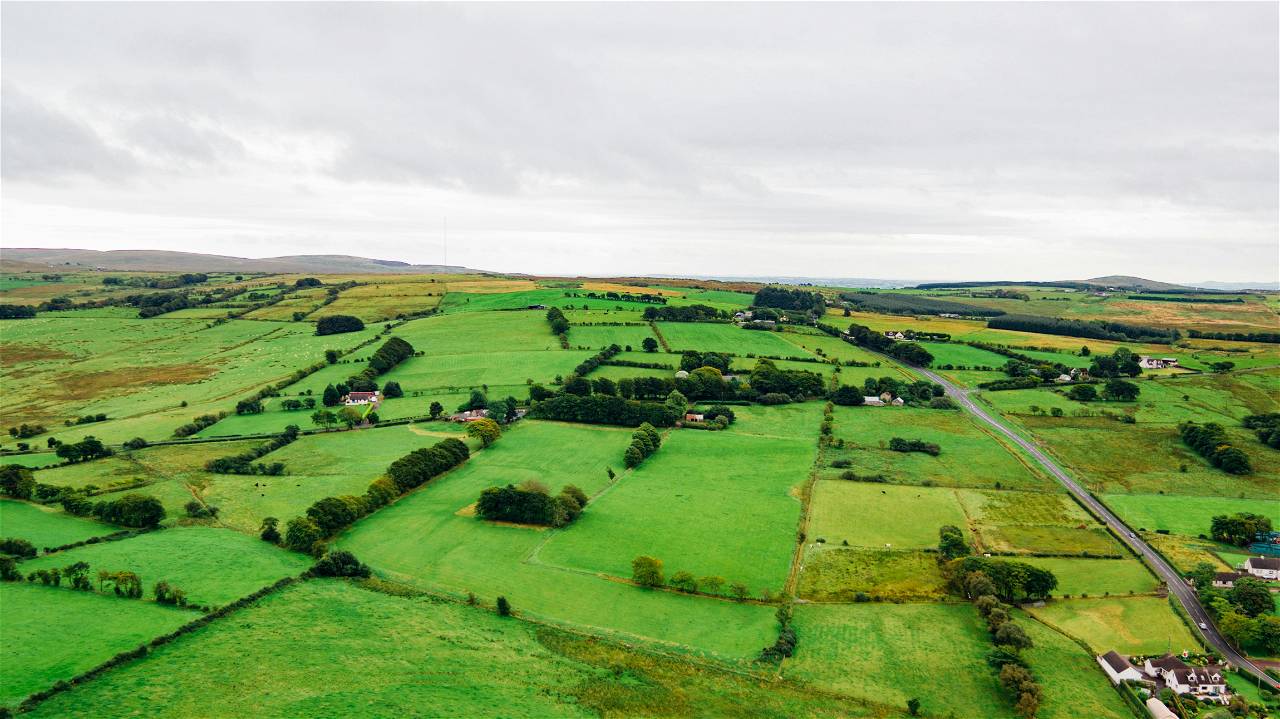
In agriculture, sustainability and productivity are paramount. The paira cropping system is often overlooked in recent years due to the onslaught of climate change. Originating and widely practiced in regions like Bihar, Eastern Uttar Pradesh, West Bengal, Chhattisgarh, and Odisha, paira cropping is a unique conservation agricultural practice with multifaceted benefits for farmers. Read On.
The Paira Cropping System
At its core, paira cropping is a form of relay sowing method, characterized by the strategic broadcasting of lentil, lathyrus, urdbean, or mungbean seeds into standing rice crops approximately two weeks before the rice harvest. This innovative approach eliminates the need for agronomic interventions such as tillage, weeding, irrigation, and fertilizer application, relying instead on the natural synergy between the two crops.
Its Advantages Galore
The merits of paira cropping are manifold, starting with its adept utilization of soil moisture. By capitalizing on the moisture retained in the soil during rice cultivation, paira cropping maximizes resource efficiency and minimizes wastage—a crucial feat in regions often plagued by water scarcity.
Experimental evidence highlights the superiority of paira cropping, particularly in terms of lentil yield. Studies have demonstrated that paira cropping consistently outperforms traditional tillage-based methods, yielding higher quantities of lentils while maintaining ecological integrity.
Moreover, paira cropping represents a paradigm shift towards sustainable crop intensification and land productivity. By harmonizing the cultivation of two complementary crops within the same field, farmers can optimize resource allocation, mitigate soil degradation, and enhance overall farm resilience.
Unlocking the Potential
Embedded within the ethos of paira cropping lies the relay cropping method—a dynamic approach to multiple cropping that goes beyond conventional constraints. By seamlessly integrating the seeding of secondary crops into standing primary crops well before harvest, relay cropping alleviates conflicts surrounding resource utilization, sowing timelines, fertilizer application, and soil health.
Empowering Farmers for a Sustainable Future
For farmers grappling with the dual challenges of climate change and agricultural sustainability, paira cropping offers a glimmer of hope. By embracing this innovative practice, farmers can unlock new avenues for efficiency, productivity, and resilience.
Paira cropping empowers farmers to understand the latent potential of their land, using natural synergies between crops to enhance overall farm profitability. Additionally, by reducing reliance on external inputs such as water and fertilizer, paira cropping fosters self-sufficiency and resilience in the face of environmental uncertainties.















